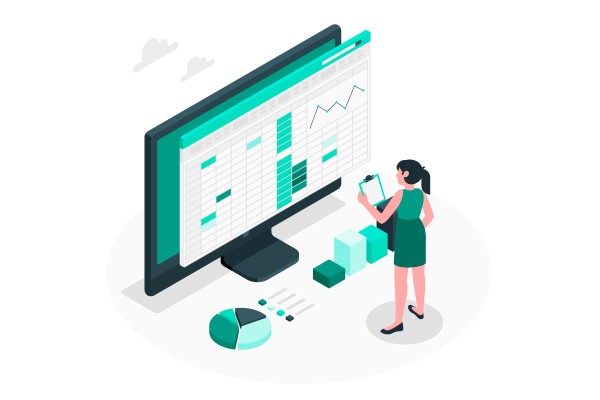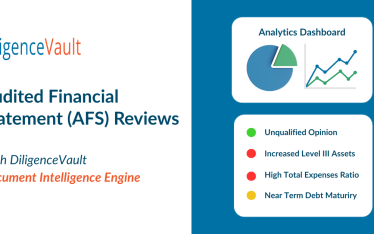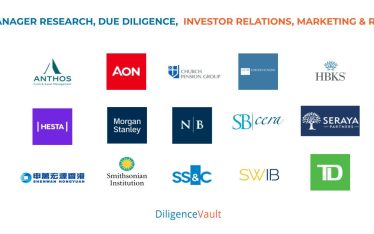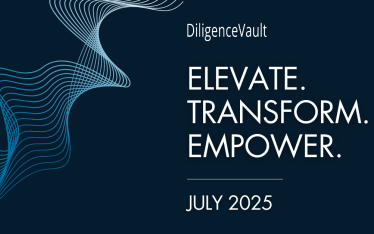As part of our ongoing series exploring what is a digital diligence platform and how it fits into the InvestTech ecosystem, today we examine survey applications and how DDP’s may be differentiated from them.
Survey apps are familiar to all because they make collecting information so very easy for just about anyone. Survey Monkey, Microsoft Forms, Qualtrics, and Google Forms are popular even in the B2B segment. Their primary purpose is to collect customer feedback, measure employee satisfaction, and organize events.
For the purposes of due diligence, some practitioners in the asset management industry have started using survey tools as a simple way to collect information from one party and share it with another as part of their due diligence efforts. The key benefits of a general purpose survey tool are its ability for a survey creator to set up questionnaires, modify questions over time, and utilize a user-friendly interface to share these with their respondents (the asset manager, counterparties, distributors). The experience is simple for the respondent, they can follow a link and go to the tool and answer the questions in the diligence questionnaire.
Why a Digital Diligence Platform (DDP)?
The complex needs of the industry means that there is a need for an industry-specific data ingestion tool. From a pricing standpoint, survey tools are a low cost or free way to collect information which is an inherent advantage over a DDP. At first glance, there are foundational features that a DDP shares with a survey tool. Examples include the web-based portal for creating questionnaires, the ease of modification of these forms, and then the ease in sending to specific contacts to fill out.
As we look deeper, there are more acute differences between the tools. Since DDP’s are built specifically for the investment management industry, these tools have greater emphasis on continuous usage, collaboration, security, importing and exporting abilities, and data analysis.
Industry Relevance
While survey tools allow for sharing questionnaires with individuals, their abilities to select based on the user’s organization are limited. DDP’s are able to send requests at different entity hierarchies, from firm, product, or vehicle level customized to an investors needs — which is critical for the variety of teams and types of diligence projects.
Security
From a security standpoint, look to a DDP to provide single-sign on (SSO), IP whitelisting, domain whitelisting, or multi-factor authentication.
Portability
With importing and exporting of data, survey tools are limited. Because the surveys are designed on the platform, the import feature is for bringing in the respondents and their email addresses and the export feature is usually to look at responses or summaries of responses in Excel or PDF.
Industry Standards
A well-thought out DDP allows the requester of the data to create their own forms from scratch, or use existing industry templates such as ILPA, AIMA, PRI, etc. and then import firms, products, strategies, contacts with tags to allow for customized distribution lists and universes for analysis.
Review & Analysis
A DDP is focused on the analysis end of things and is built out accordingly with an easier way to compare across time periods/data requests/respondents on-platform and should allow for better analysis off-platform through export capabilities.
Reporting
Reporting is vastly improved with a DDP compared to survey apps. Whereas users can only create limited looks at individual answers or aggregate a number of different responses through a survey tool, a DDP allows for infinite designs and set ups of reports. By using a firm’s preferred templates, the output client-ready reports (with the firm’s logos and branding) can then be quickly exported to spreadsheets, emailed, or downloaded with a few clicks directly from the platform.
DDP for Respondents
For investment managers as respondents, there is a clear difference between the simpler survey applications and a digital diligence platform. A DDP brings efficiency, collaboration, audit trail, and elimination of errors.
Examples of DDP features that create this transformational experience as compared to a traditional survey application include:
- Reusable content library including quantitative data, qualitative info, images and documents
- Reusable repository of AUM and performance data across multiple share classes and SMAs
- Autofill capabilities for effective reusability
- Recommended responses intelligence
- Multi-user support and ability to bring in collaborators and reviewers
- Robust audit trails, with ability to save drafts
- Comments support for otherwise objective questions
- Enhanced UX for complex and repeated requests
- Communication with the requester, eliminating email follow-ups
- Project management dashboard to track completion status across multiple data and DDQ requests
- Due date alerts and activity summary
Export Capability
Specifically for respondents dealing with DDQ’s and RFP’s, there are enhancements to respond to certain question types with attachments (example would be an ESG policy document attachment) or being able to export questions and their answers to a variety of formats (think PDF, Excel, Word).
Search & Recommendation
Many of the features built into the manager experience in a two-sided DDP platform work to save the managers time and reduce the redundancy of answering versions of the same questions manually through copy and paste. With content libraries and autofill, managers can reuse existing pieces of content or have them applied directly to questions without that manual work.
Workflow management & Audit Control
Drafts make it easier to pick up where things were left off previously, and the ability to add images and attachments keep all the data in one central location rather than a combination of a survey tool and then an email or a virtual data room.
Multi-user Support & Collaboration
The key to DDP’s is the emphasis on collaboration. The answers to a DDQ are never static and done by a singular individual working in isolation. Any DDP must allow for the assigning of questions to someone else, the gathering of input of multiple teammates, reviewers and ability to view and make revisions. A survey tool creates questionnaires that are meant to be completed in one sitting by one individual, which is not conducive to how DDQ’s are most effectively filled out in the real world.
Transparency & Efficiency
In a remote environment, it is even more critical to collaborate effectively; having a centralized place to make internal notes, collaborate, and maintain visibility into the process inherent in the features of a DDP drives efficiency in communication without having to switch through different applications.
Two-sided Ecosystem
Finally, because a DDP is built to increase efficiency for the entire ecosystem of investors and managers, this value cannot be replicated with either existing survey tools ora bespoke system created by individual players. Because the pain points of managers are not addressed, if different investors use disparate systems, this creates differences in processes, increasing confusion, and driving up the data entry time and creating greater potential for errors. With a DDP, reducing redundancies, eliminating errors, and increasing collaboration throughout the investment process shortens decision-making and makes for a better experience for both investors and their managers. With one system, both parties can just focus on their diligence needs, reducing back and forth and learning curves of mismatching systems.
Your Digital Strategy Needs
A DDP shares common features with existing survey tool solutions which have an edge in terms of cost. However, because the survey tools were not built with a focus on the investment management industry, features such as continuous use, security, exporting, using pre-built templates, deeper analysis, or digitized data are limited or not available at all for investors using survey tools for their DDQ’s. For respondents or asset managers, time saving features such as autofill, reusable content libraries, centralized repository or audit compliance features such as collaboration tools, draft mode, and export formats are core to the DDP offering that a survey tool cannot match.
With a one-off questionnaire it may be quicker to use a survey tool, but that is aberration rather than the norm. Because ongoing monitoring and diligence efforts are scaled across multiple firms (both for investors and asset managers to manage) and further compounded across different time periods, the maintenance and analysis of these DDQ’s and data requests becomes unsustainable. The need for a DDP becomes obvious for the efficiency that it brings to both sides of the investment equation.
To learn more and take a demo of the DiligenceVault DDP offering, schedule a demo here.



